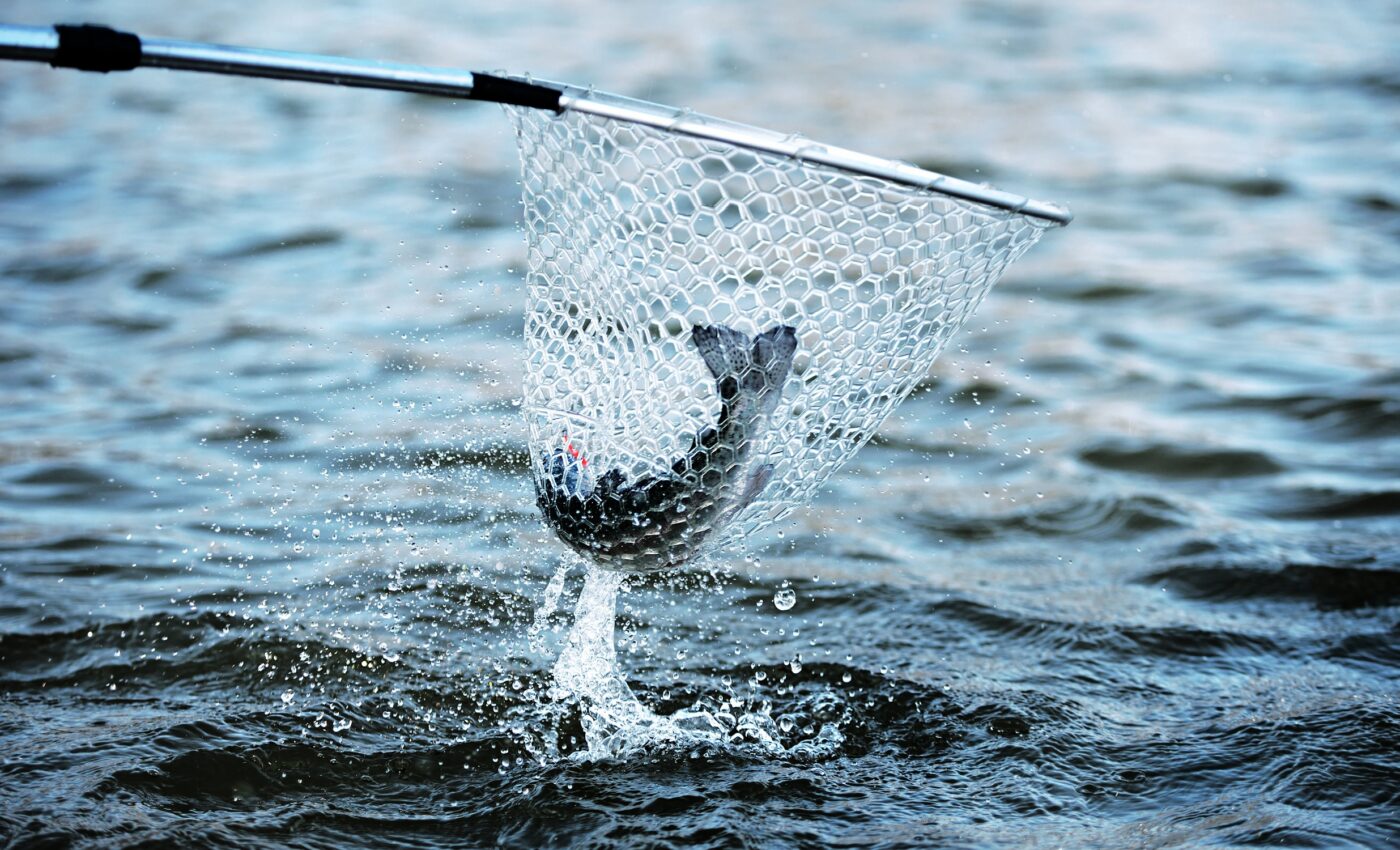
Sustainable fishing gets a boost from genomics roadmap
The global fishing industry is facing a crisis. Overfishing, climate change, and other environmental stressors are threatening fish populations worldwide, putting our food security and ocean ecosystems at risk. But what if the solution to sustainable fishing lies not in nets and quotas, but in the very DNA of the fish themselves?
A team of researchers at Texas A&M University, led by Dr. Leif Andersson, is pioneering an approach to fisheries management that leverages the power of population genomics. This cutting-edge field involves analyzing the genetic makeup of entire fish populations to gain unprecedented insights into their biology, ecology, and vulnerabilities.
Genetic blueprint for sustainable fishing
At the core of this innovative method is the reference genome. Scientists sequence the DNA of a fish to create a genetic blueprint that shows each gene’s function. This blueprint helps to clarify genetic diversity within and between fish populations which is essential for effective management.
“The first step is to create a reference genome, which shows the function of each gene on each chromosome as completely as possible. Genes are significant because they determine everything from physical features – like scale color – to complex systems – like the immune system,” notes Dr. Andersson.
Mapping the movements of fish
Once a reference genome is established, scientists examine DNA from various fish populations. They identify genetic variations that show unique adaptations and migration patterns. This data is crucial for understanding connections between fish populations, their spawning locations, and their responses to environmental changes.
“Step two is figuring out where the fish are spawning; you need to know where the population that you want to monitor is reproducing,” explains Dr. Andersson. “Once you know that, you have to take samples of fish at the spawning point and sequence their DNA. Then you can compare the population’s DNA to the reference genome and see the differences.”
Preserving genetic diversity via sustainable fishing
Population genomics offers a unique window into the genetic health of fish populations, allowing scientists to quantify the degree of genetic variation present within a species. This genetic diversity, often referred to as the species’ gene pool, is a critical factor in its ability to thrive and adapt to changing environmental conditions.
A diverse gene pool equips a fish population with a wide array of genetic traits. These traits can include variations in disease resistance, temperature tolerance, growth rates, and reproductive capabilities. When faced with environmental challenges such as rising temperatures, pollution, or the emergence of new diseases, a genetically diverse population is more likely to possess the necessary traits to survive and reproduce.
Conversely, populations with low genetic diversity are inherently vulnerable. With a limited range of genetic variations, they are less equipped to cope with environmental stressors and are more susceptible to diseases. This vulnerability can lead to population declines and, in severe cases, even extinction.
By using population genomics, scientists can pinpoint fish populations with low genetic diversity. This identification allows fishery managers to act protectively. They can enforce stricter fishing rules, create marine protected areas, or start breeding programs to boost genetic diversity and protect these vulnerable fish groups.
Tailoring strategies for each population
Armed with a wealth of genetic data, fishery managers can develop highly targeted and effective management plans for each distinct fish population. These plans may include measures such as adjusting fishing quotas, establishing marine protected areas, and implementing habitat restoration projects.
Dr. Andersson is optimistic about the potential of population genomics to transform fisheries management. “This kind of analysis would be valuable all over the world,” he says.
“Fish are important to our planet’s marine ecosystems, and they’re also a healthy source of protein for humans. But many populations of fish depend on regional and seasonal factors that haven’t been well-understood until recently.”
“We hope that population genomics can become a powerful tool for assessing and maintaining biodiversity, not just for fish, but for many species.”
Future of sustainable fishing and seafood
Integrating population genomics into fisheries management is not a complete solution, but it marks a major advance in sustainable ocean use. This approach allows for more informed decisions by utilizing genetic information.
This research highlights the interconnectedness of science, conservation, and industry. As we move towards a more sustainable future, collaboration between researchers, policymakers, and fishing communities will be essential to ensure that the benefits of population genomics are fully realized.
The study is published in the journal Annual Review of Animal Biosciences.
—–
Like what you read? Subscribe to our newsletter for engaging articles, exclusive content, and the latest updates.
Check us out on EarthSnap, a free app brought to you by Eric Ralls and Earth.com.
—–













